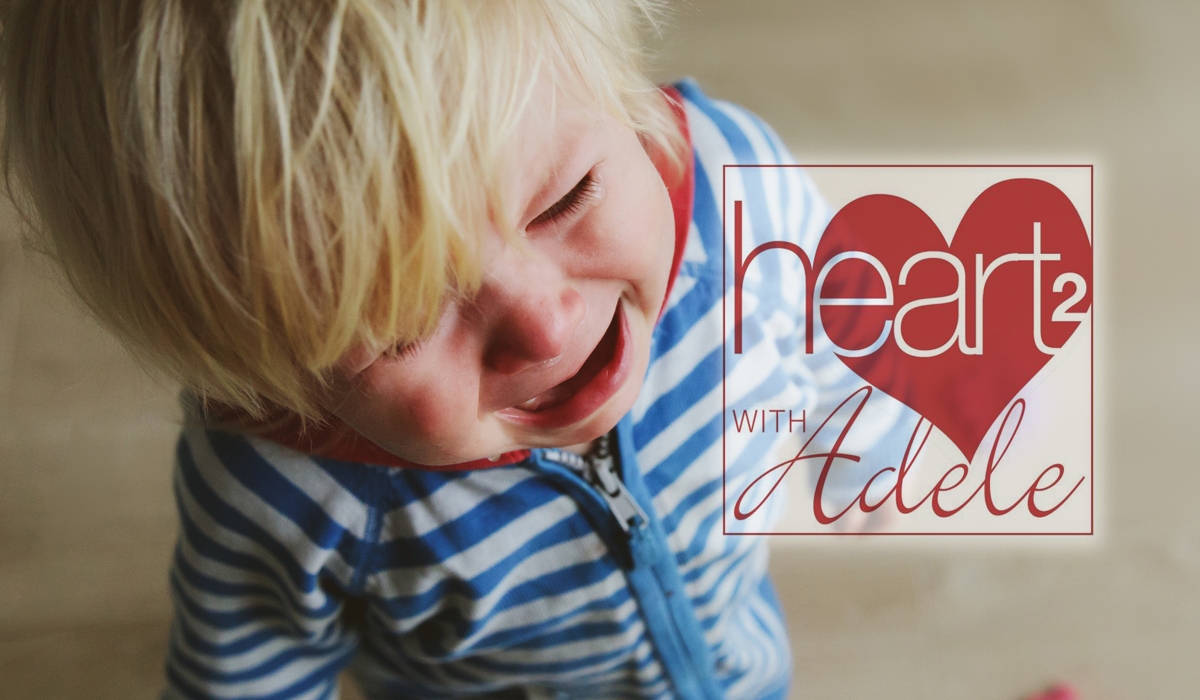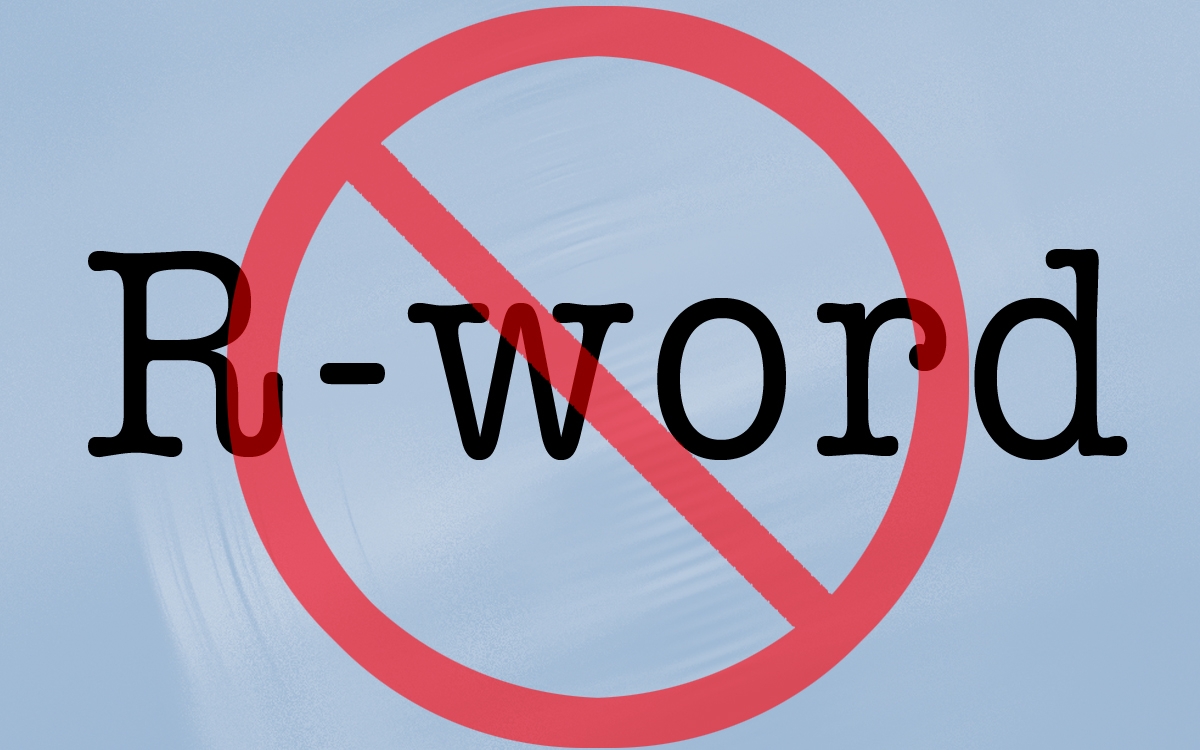
Meltdowns and explosive behaviour in young kids
QUESTION
Dear Adele,
Our two preschoolers are getting more proficient every day in the art of delivering monstrous Mount Vesuvius meltdowns. When they become angry or frustrated, they yell, scream, cry and sometimes throw things, bite and hit. We often wonder what has happened to those adorable cooing babies in the family photos we sent to Grandma and Grandpa, not so long ago? Can you help us?
Melt Downers’ Mom
ANSWER
Dear Melt Downers’ Mom,
My sympathies for your situation! Let me try to help you burn out those volcanoes and keep those tempers below freezing point!
Anger is a normal human emotion. Understanding how to manage and express it positively is a learning process. Meltdowns are the loss of control when expressing anger and are common in children and teenagers. Best to remember that the expression of that anger, no matter how negative, is an attempt to communicate something by your youngsters who have few skills with which to do it.
Communication can happen verbally or behaviourally. The meltdowns you are witnessing from your preschoolers are the behavioural expression of frustration or distress in a child who cannot manage his feelings and cannot express them maturely. In the preschool years, children may not have the vocabulary to express their anger verbally and therefore you get to witness the dramatic monstrous Mount Vesuvius meltdowns instead!
According to verywellfamily.com in an article entitled ‘Seven ways to help a child cope with anger’, frustration and anger can easily cause children to blow up, yell and get aggressive. This kind of anger response interferes with relationships, both within and outside the family. It also affects the quality of life of those who must live with the children.
Ross Campbell in ‘How to really love your angry child’ discusses the concept of an Anger Ladder which all children must climb in their pursuit of the skill of mature, positive expression of anger.
The first steps on the ladder are very negative expressions of anger characterized by displacement of the anger to other sources, destruction of property, verbal abuse, physical abuse, emotionally destructive behaviour or passive-aggressive behaviour. It is unpleasant and loud and sometimes can focus anger on the source. Meltdowns can look like this.
With training and modelling children can rise to the next stages of the ladder which are still primarily negative and may include focusing anger on the source or displacing the anger to other sources, expressing unrelated complaints and displaying emotionally destructive behaviour. This stage is also loud and unpleasant. Meltdowns can look like this.
The third section of the ladder involves a mixture of more positive and negative responses such as thinking logically, focusing anger on the source, and holding to the primary complaint but is still unpleasant and loud. Somewhat more mature anger management can look like this.
As people learn to express anger positively, they reach the fourth section and top rungs of the ladder where anger is expressed verbally focusing the anger on the source, holding to the primary complaint, and thinking logically. It is pleasant in seeking resolution and represents the ideal goal. Mature anger management looks like this.
So how to get your children moving up the ladder, you’re wondering?
Carole Banks in an article entitled ‘Angry child outbursts: 10 essential rules for dealing with an angry child’, articulates some excellent ideas which I have summarized for you below:
1: Stay calm and do not add fuel to the fire.
2: Talk later and avoid trying to reason during the outburst.
3: Control your own physical and mental responses, avoiding the power struggle.
4: Avoid getting physical.
5: Offer choices.
6: Don’t freeze or give in.
7: Consequence bad behaviour not the anger.
8: Avoid harsh punishments that escalate the conflict.
9: Take a break and interact later.
10: Be a patient controlled role model who expresses anger verbally in a calm, positive way.
Developmentally, children in the 2 to 4 age group are prone to explosive conduct and expression of anger. Meltdowns are not uncommon at all because the little ones “may lack language, impulse control or problem-solving skills”, according to Child Mind Institute in ‘Angry kids: dealing with explosive behaviour’. This article suggests you remain calm, give no attention for the behaviour, do not give in, praise appropriate behaviour, help problem solve, use timeouts and rewards, and avoid triggers.
In addition to meltdowns occurring as expected, developmentally, in young children, other reasons for the comportment could be ADHD, Anxiety, undiagnosed learning disabilities, sensory processing issues or Autism. You might find it helpful to consult a mental health professional such as a child psychologist or social worker, or take a parenting course focusing on managing angry behaviour in young children. The book ‘The 5 Love Languages of Children’ by Gary Chapman and Ross Campbell have an excellent chapter on anger and love which you may enjoy as well.
Best wishes Melt Downers’ Mom. Patience, modelling and training are the keys to teaching your preschoolers to express distress, frustration and anger in a mature acceptable calm manner.
I will close with a few salient quotations about anger which might encourage you:
Anger is never without a reason, but seldom with a good one. — Benjamin Franklin
Forgive people in your life, even those who are not sorry for their actions. Holding on to anger only hurts you, not them. — Geckoandfly.com
A moment of patience, in a moment of anger, prevents a thousand moments of regret. — Ali ibn Abi Talib
Sincerely, Adele
I'm looking forward to your questions! Email me at maryadeleblair@gmail.com and please put Heart to Heart in the subject line. Note that all columns will remain anonymous.








